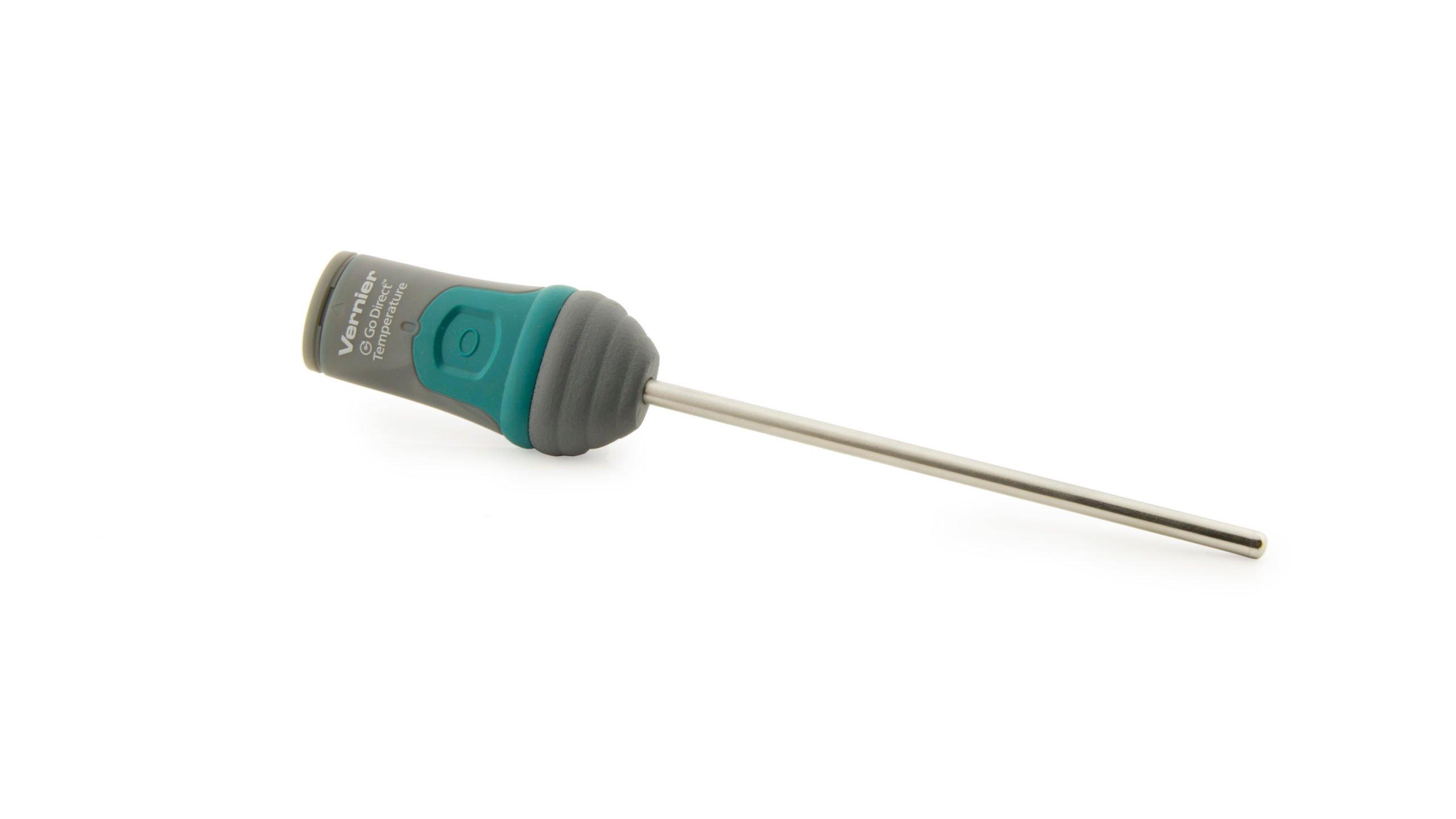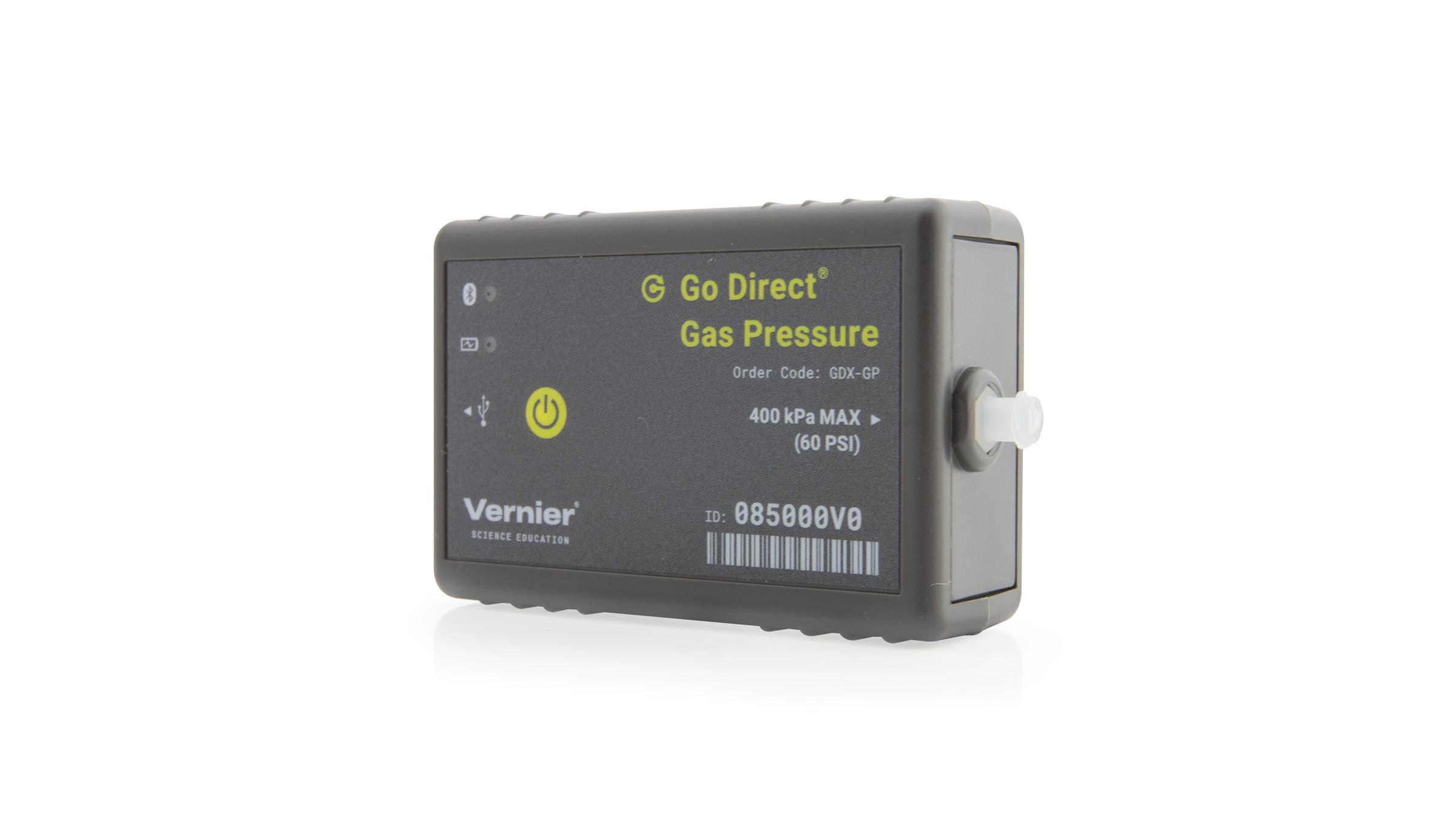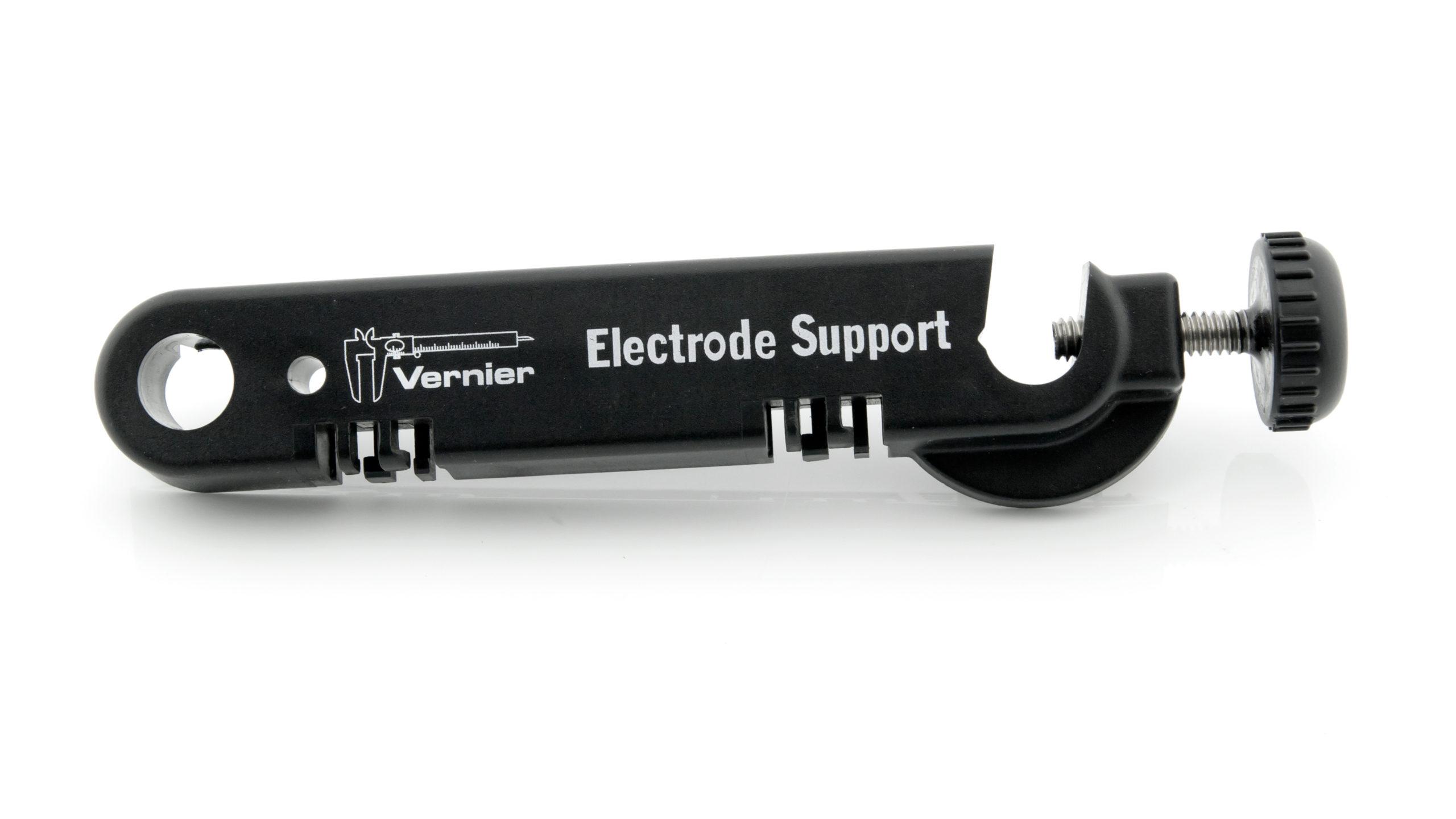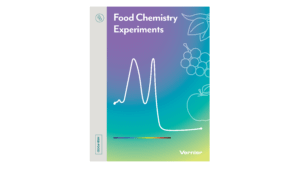Introduction
Pressure cooking goes back to the 17th century where it was invented in France. In other regions of the world, people have also developed devices that use the pressure of steam to prepare hot meals. The advantage of cooking this way is to keep the food moist while cooking it much faster. Additionally, at higher elevations, the boiling point of water drops as the pressure of the atmosphere goes down, which is problematic for folks who live far above sea level. Using a pressure cooker at higher elevations makes it possible for people to prepare their food more quickly and efficiently.
In this activity, to simulate a pressure cooker, you will heat a fixed volume of air in a double boiler. You will measure the temperature of the water in the boiler and pressure of the air in the container.
Objectives
- Study the relationship between pressure and temperature for a gas.
- Design an experiment that uses two sensors simultaneously.
- Graph the data from two sensors on the same graph.
Sensors and Equipment
This experiment features the following sensors and equipment. Additional equipment may be required.
Correlations
Teaching to an educational standard? This experiment supports the standards below.
- International Baccalaureate (IB) 2025/Chemistry
- Structure 1.5.2—Real gases deviate from the ideal gas model, particularly at low temperature and high pressure.
Ready to Experiment?
Ask an Expert
Get answers to your questions about how to teach this experiment with our support team.
- Call toll-free: 888-837-6437
- Chat with Us
- Email support@vernier.com
Purchase the Lab Book
This experiment is #02 of Food Chemistry Experiments. The experiment in the book includes student instructions as well as instructor information for set up, helpful hints, and sample graphs and data.




